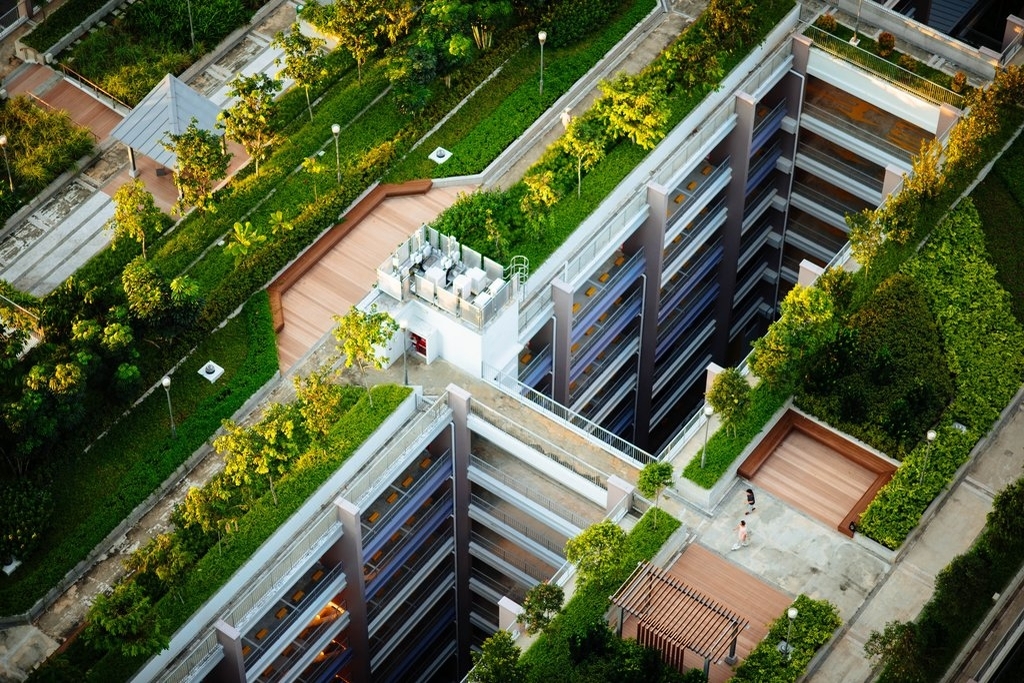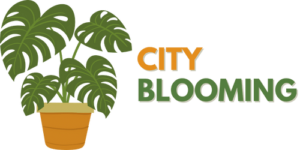Little Known Facts About City Blooming.
Little Known Facts About City Blooming.
Blog Article
Not known Details About City Blooming
Table of ContentsGet This Report on City BloomingWhat Does City Blooming Do?A Biased View of City BloomingThe smart Trick of City Blooming That Nobody is Talking AboutCity Blooming Can Be Fun For Anyone
Interested in expanding food available for sale in the City of Chicago? Thinking of starting a neighborhood yard? Adjustments to the Chicago Zoning Statute allow agricultural usages like community yards and city farms in several parts of the city. Below is a list of frequently asked concerns concerning the guidelines and laws that farmers should take into consideration when intending an urban agriculture project.
The zoning modification does not modify any type of various other codes managing composting, structure authorizations, buying or leasing City owned home, service licenses or ecological contamination. There are existing codes that control these concerns and they stay completely result and may be relevant to your job. Neighborhood yards are usually possessed or handled by public entities, public companies or community-based companies and maintained by volunteers.
Urban farms grow food that is intended to be sold, either on a nonprofit or for-profit basis. Because of their business purpose, urban ranches require an organization license. Yes. An area yard is permitted to offer excess generate that was expanded on website if the sales are accessory or secondary to the garden's main function defined above.
3 Simple Techniques For City Blooming
The amount of compost material can not go beyond 25 cubic backyards at any type of provided time according to the requirements in 7-28-715 of the City's Municipal Code. Because the dirt at the majority of brand-new garden websites requires amending, garden compost, dirt, wood chips, or various other products can be acquired to create or boost the growing area.

If a building license is required after that the hoophouse will be considered an accessory structure. You can figure out even more concerning the structure license needs by speaking to the Department of Structures. The 25,000-square-foot dimension limitation is planned to stop a single neighborhood yard from dominating a given block or diminishing the block's existing property or commercial character.
The limit does not put on gardens found in Public Open Space (POS) areas. Can there be even more than one community yard that is 25,000 square feet on a solitary block? Yes. The dimension restriction relates to specific gardens, not to individual blocks. No. Fencing is not required, however, gardens that have large parking lot might be called for to install fencing or other landscaping functions.
City Blooming for Dummies
B1 & B2 districts call for that all industrial usage tasks be conducted indoors. R districts restrict business activity. The policies show the function and intent of the Zoning Code. Is fence required for urban ranches? Yes. Fencings may be required, along with landscape design and screening, for specific parking lot and exterior work or storage space areas relying on location and the details activity occurring.
Urban farms require structure licenses and zoning approvals prior to building and construction (eco-friendly practices). Various other kinds of city evaluation may be called for depending on details structures, activities, dimension, landscaping, licensing, public health and stormwater administration concerns.
The Department of Organization Affairs and Customer Protection can help determine the specific type of business permit that's called for. Off street auto parking is required for a lot of commercial jobs in Chicago. The needed number of vehicle parking rooms is based on the number of employees functioning on site and not the square video footage of the expanding space.
The Basic Principles Of City Blooming

Yes. A city ranch can sell garden compost material produced on site, nonetheless, the operation must adhere to the laws in 7-28-715 of the Chicago Municipal Code. Yes. Aquaponic systems are permitted indoors on metropolitan farms in several zoning districts. A zoning evaluation and structure authorization is called for in order have a peek here to mount structures or systems and a service license is called for as explained over.
Up to 5 hives or swarms of honey might be maintained as an accessory usage. Nevertheless, beekeepers need to register with the Illinois Division of Farming. To find out more concerning the suggested zoning change you might call the Division of Housing and Economic Growth, Bureau of Planning and Zoning at 312.744.8563.
Farming in cities and city areas A city farm in Chicago. Urban farming describes different practices of growing. https://www.merchantcircle.com/blogs/city-blooming-san-francisco-ca/2024/6/City-Gardening-Growing-Urban-Spaces/2755418, processing, and dispersing food in city areas. The term likewise uses to the location activities of animal husbandry, aquaculture, beekeeping, and gardening in a city context. Urban farming is differentiated from peri-urban agriculture, which takes area in backwoods at the edge of suburban areas.
7 Easy Facts About City Blooming Described
It can include an activity of organic cultivators, "foodies" and "locavores", that seek to develop socials media founded on a common ethos of nature and community holism. These networks can create using formal institutional support, becoming incorporated into neighborhood town preparation as a "shift town" movement for lasting urban advancement.
The a lot more direct accessibility to fresh veggie, fruit, and meat products that may be realised through metropolitan agriculture can improve food safety and food safety while reducing food miles, leading to reduced greenhouse gas emissions, thus contributing to environment modification mitigation. Some of the first evidence of metropolitan farming comes from Mesopotamia.
Report this page